| Plant Habit: | Shrub |
| Life cycle: | Perennial |
| Sun Requirements: | Full Sun Full Sun to Partial Shade Partial or Dappled Shade |
| Water Preferences: | Wet Mesic Mesic |
| Soil pH Preferences: | Slightly acid (6.1 – 6.5) Neutral (6.6 – 7.3) Slightly alkaline (7.4 – 7.8) |
| Minimum cold hardiness: | Zone 6a -23.3 °C (-10 °F) to -20.6 °C (-5 °F) |
| Maximum recommended zone: | Zone 10b |
| Plant Height: | 6 to 20 feet |
| Plant Spread: | 6 to 8 feet |
| Leaves: | Evergreen Semi-evergreen |
| Fruit: | Showy Edible to birds Other: Small ellipsoid to globose green drupes mature to purple and black. Each fruit contains 1 to 4 seeds. |
| Fruiting Time: | Late summer or early fall Fall Late fall or early winter |
| Flowers: | Showy Malodorous |
| Flower Color: | White |
| Bloom Size: | Under 1" |
| Flower Time: | Spring Late spring or early summer Summer |
| Underground structures: | Taproot |
| Suitable Locations: | Xeriscapic |
| Uses: | Windbreak or Hedge Will Naturalize |
| Wildlife Attractant: | Bees |
| Resistances: | Deer Resistant Rabbit Resistant Humidity tolerant Drought tolerant Salt tolerant |
| Propagation: Other methods: | Cuttings: Stem |
| Pollinators: | Various insects |
| Containers: | Needs excellent drainage in pots |


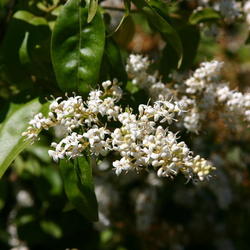

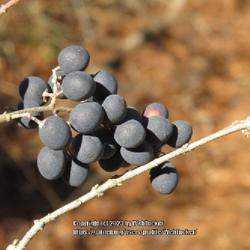


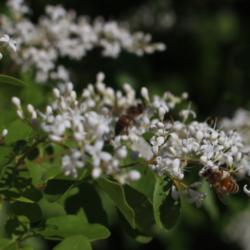

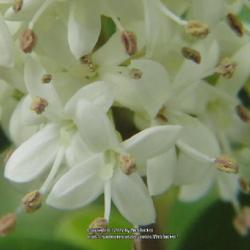
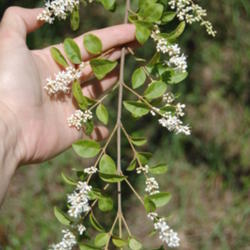
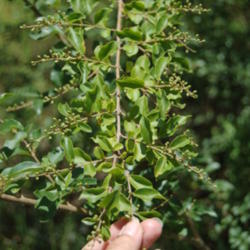




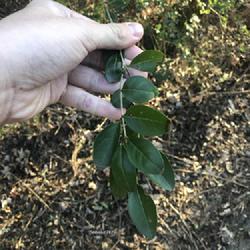
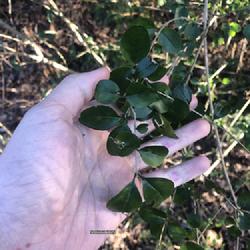
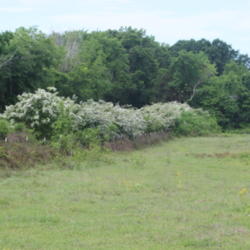

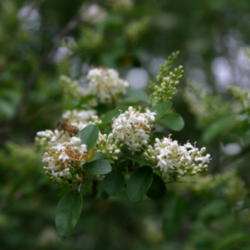
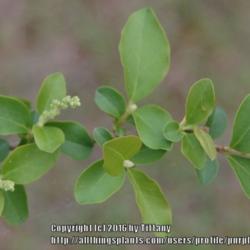
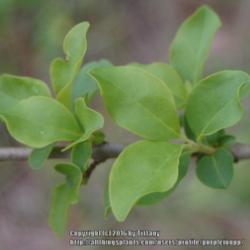
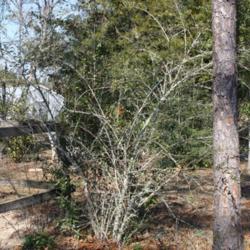

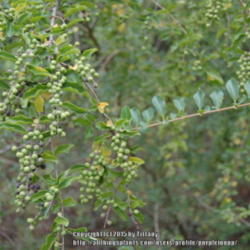


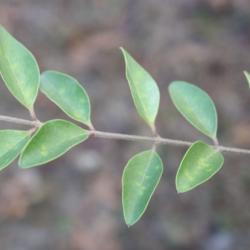
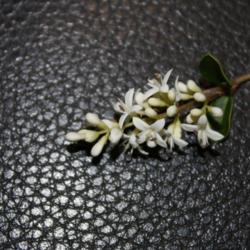
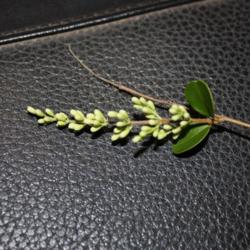
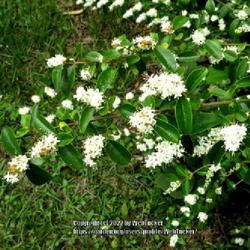
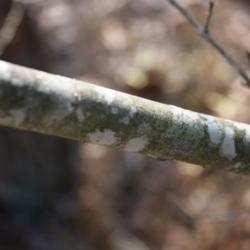
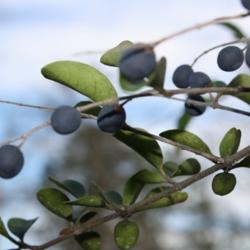
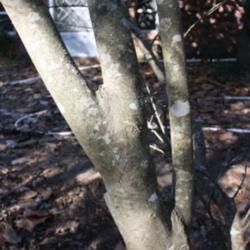

| WebTucker | On May 5, 2022 | Bloomed |